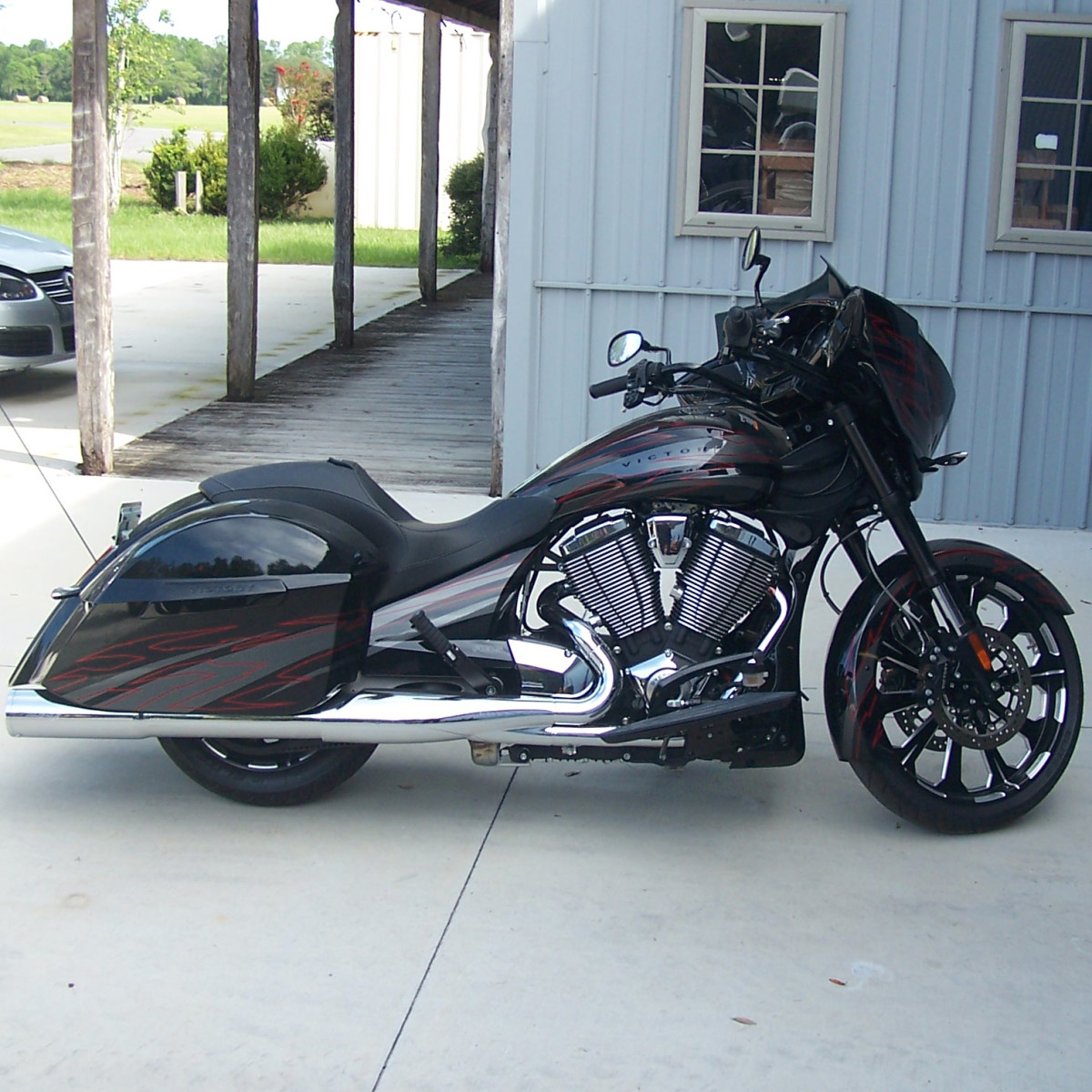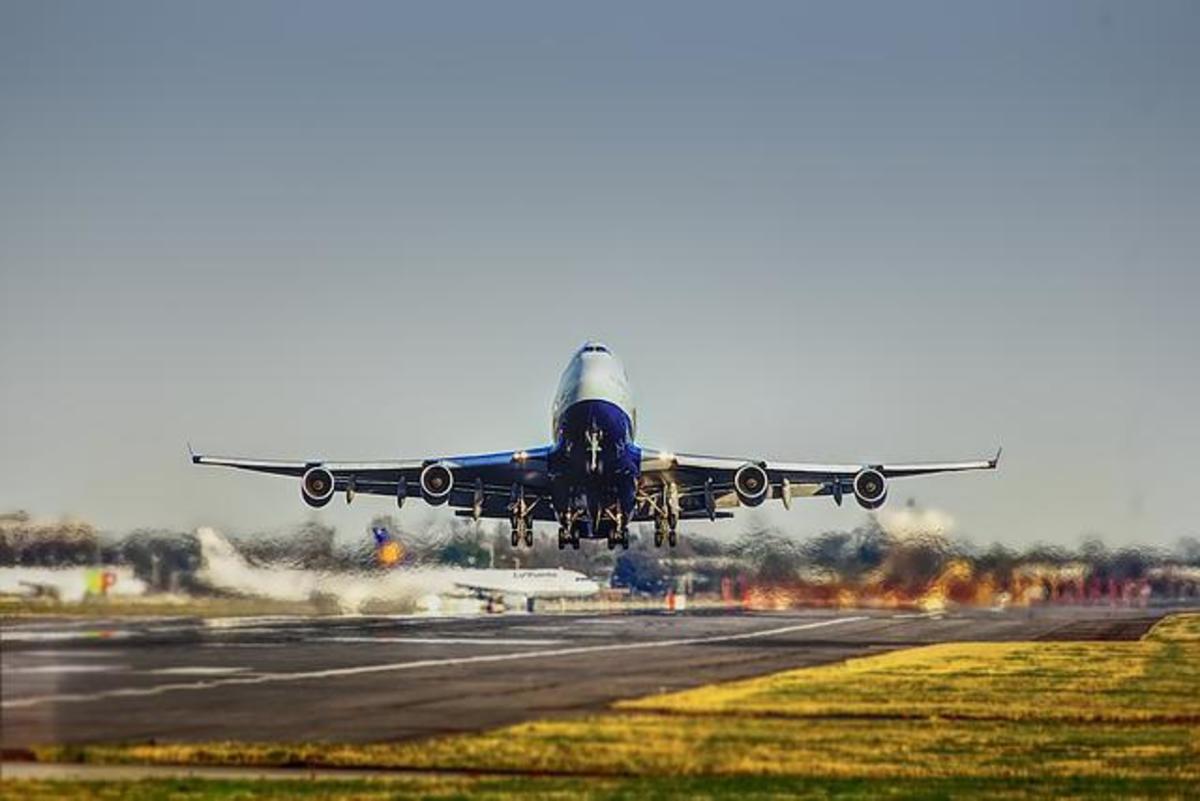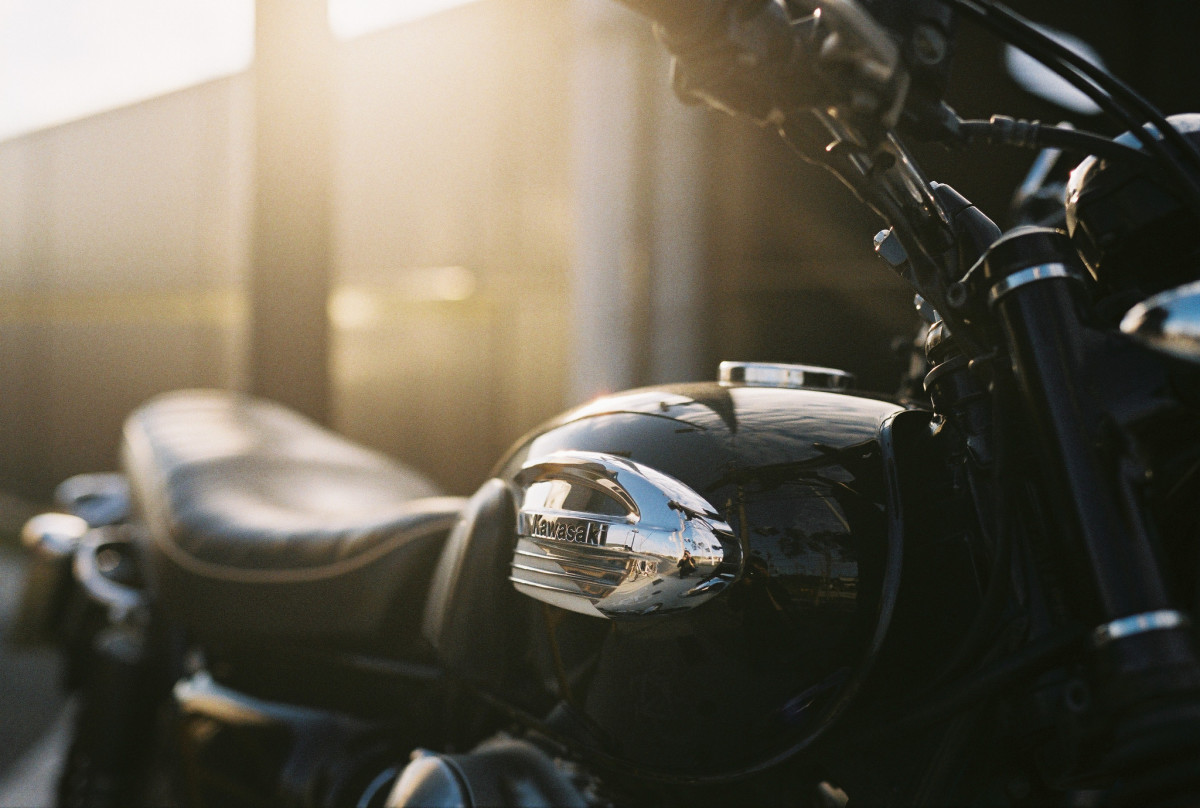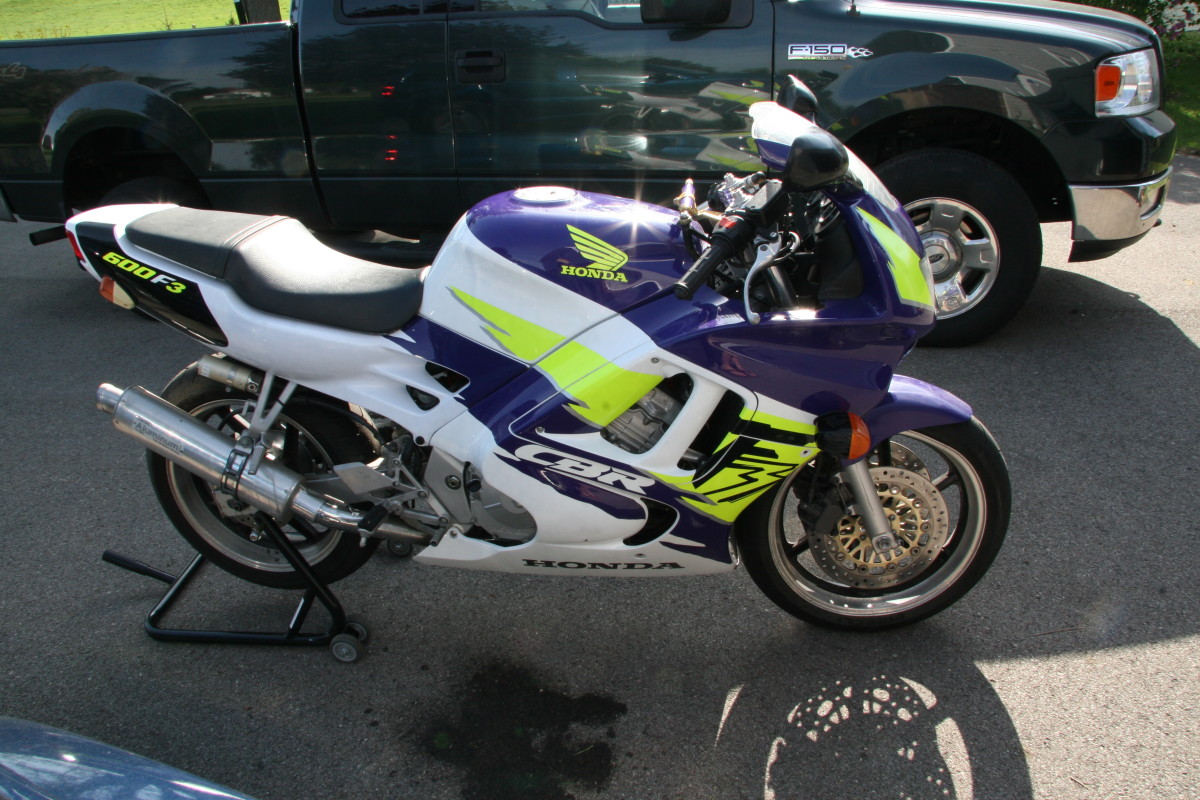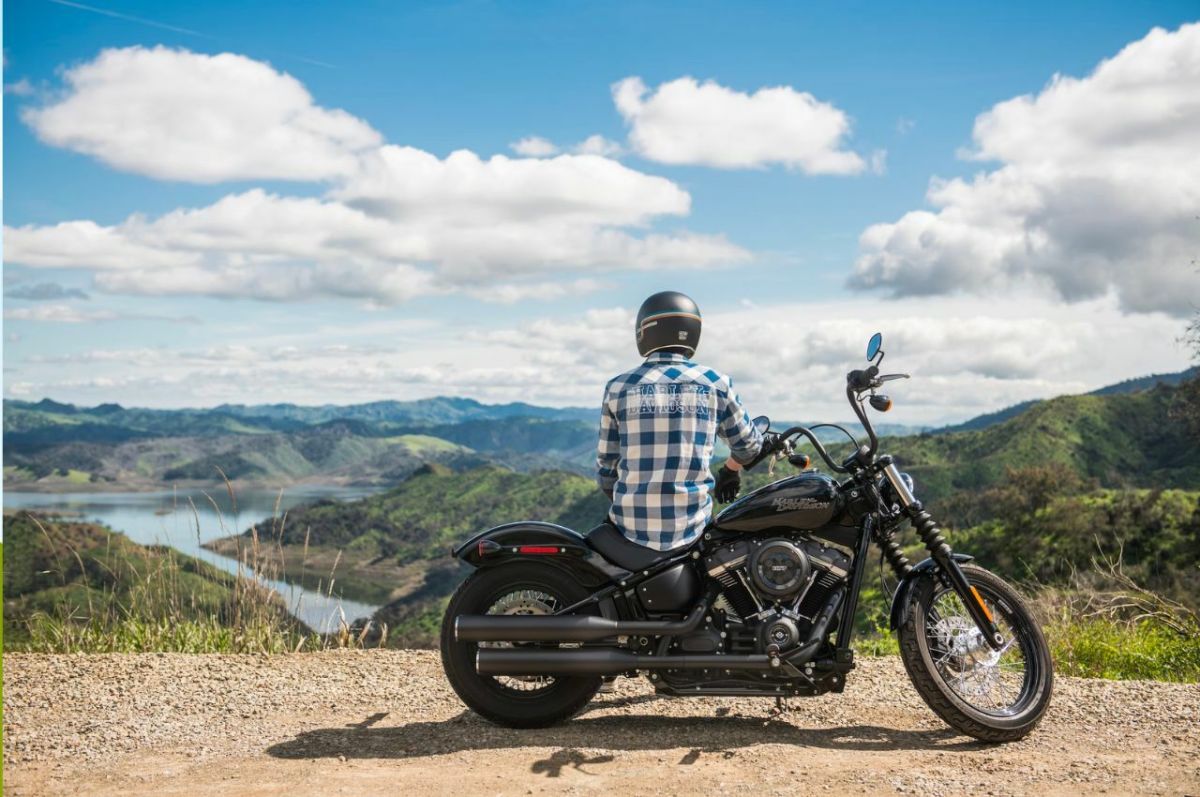Tips for Riding a Motorycle in Bad Weather and Braking in an Emergency
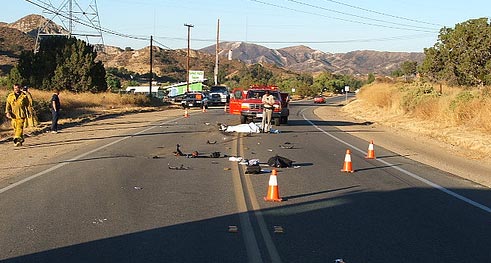
Riding a motorcycle is so much different than driving a car, and when riding a motorcycle, you want to be extra careful when riding in the rain, over railroads, or in the wind in a motorcycle. You want make sure that you know how to deal with the different special situations when they come about because with your time on a motorcycle, you will eventually encounter different types of weather.
So, since it's not always going to be sunny and ideal riding weather, make sure to check out the imperfections and how to prepare for them.
Emergency Braking
You want to make sure that you know how to properly brake quickly, because sometimes you will need to stop as soon as possible. Here are some tips on how to get you and your motorcycle to stop pronto:
- Apply both brakes to their maximum, just in shy of locking them. Practice in an open, good surfaced place, such as a clean parking lot.
- Keep the bike standing up and traveling in a straight line; look where you're going, not where you've just been.
- You don't want to lock the front brake. If the wheel chirps, release the brake for a second, and immediately reapply without locking it up.
- If your rear wheel locks up, don't release the brake. If your handlebars are straight, you will skid in a straight line, which is fine because your most important priority is to stop safely.
Braking While Leaned Into a Curve
You want to try to avoid leaning into a curve while braking, unless it's absolutely necessary. If it is necessary, you want to brake using both brakes while leaned over, but do it gradually with less force than if the bike is standing up straight. If you're able to, stand the bike up and brake hard for maximum efficiency.
Motorcycle Safety Guide
Coping with a Skid
A skid can be caused by just about anything from a patch of sand on the road or a puddle of oil, and no matter what causes the skid, it can be frightening when you're on a motorcycle. If you're riding at highway-speeds, steer slightly in the direction of the skid. Chances are you'll clear whatever caused the skid and your tires will grip the pavement.
Otherwise, of you hit a slippery spot while braking and one or both wheels lock up, you want to get the wheels rolling right away, so release the brakes for an instant, then reapply a little more gently to give the tires better traction.
If you're riding at high speeds, with good traction and the rear wheel skids when braking hard, do not release the rear brake. If your back end is skidding side-ways because the tire is on a slick spot and simply spinning, ease off on the throttle. A spinning wheel will provide no more control than a locked wheel.
If you're riding at low speed skids, you want to use your foot to keep the bike upright. This isn't easy, but may be necessary at times.
Riding Across Poor Road Surfaces
Here are a few simple rules you should follow when you anticipate coping with sand, mud, water, or any loose surface or obstruction on the road:
- Downshift and slow before you reach the problem area. When slowing make sure that the other drivers around you are aware that you're slowing.
- Try to cross the bad surface in a straight line, or at least do not change directions or speed quickly, and maintain the balance of the motorcycle.
- If you are moving and have to go over an obstruction that's lying on the road, rise up on the footpegs and shift your weight toward the back of the seat, as your front wheel comes up to the obstacle. This will make it easier for the front wheel to bounce up and over. Then move your weight forward to help your rear wheel get over. Don't accelerate until your bike is completely over the obstacle.
Steel Bridge Gratings and Rain Grooves
Steel-mesh bridges can be extremely unnerving. Keep an even throttle and keep the bike straight. Don't grip the handlebars too hard. If there is a vibration in the handlebars, don't fight it. This is a natural feedback from your tires going over the thousands of little squares.
Some parts of the country have rain grooves in the highways, which is when the road surface, usually concrete, has several dozen grooves running lengthwise down each lane. The purpose of the grooves are to prevent cars and trucks from losing traction when it rains.
The reaction of the bike to the grooves often has to do with the tread of the pattern on the tires. Sometimes it feels as though the motorcycle is getting a flat tire, with a squishy back-and-forth sideways motion. Just keep going straight and don't fight the handlebars.
Rain
Get your rain gear out of storage, and make sure your rain gloves and rain boots fit. Poorly fitted ones can lessen your ability to brake and shift properly.
Be most cautious when it first starts to rain. That is when the water goes into all the dimples in the road, and the oil residue from passing vehicles floats to the top, which gets slippery! If the rain too bad, pull over and wait until it stops or at least eases.
Wind
Strong winds can create problems when riding a motorcycle. You might have to lean a bit into the wind to maintain your position. Keep the motorcycle on the side of the lane that the wind is coming from. This is in case a big blast moves you over a bit. Expect it and be ready to react.
Animals
Aside from weather, you should also consider animals running out into the road. Dogs will probably be one of the most common animal you'll have to watch out for, as they have a propensity for chasing moving objects. You can't let animals distract you from the bike and the pavement beneath you.
Keep in mind these three rules:
- Slow down well before you reach the animal
- Don't kick at the animal.
- If the animal looks like he's going to run into you, speed up just as you are about to reach him. If will throw his timing off.
If other animals run out into the woods, such as deer, and you can see the first one run out ahead of you, watch out for the mate. Deer tendency travel in pairs
Motorcycle Riding Tips
- Motorcycle Training Tips for Beginners
If you're new to riding a motorcycle, you want to make sure that you practice riding your bike so that you're comfortable before you get on the road. - Riding a Motorcycle with a Passenger or in a Group
Make sure that when riding your motorcycle in a group or with a passenger, you know the proper safety tips to make sure that your ride is as safe as possible. - How to Safely Correct Motorcycle Equipment Failure
If your motorcycle is properly maintained, you reduce the possibility of any equipment failure, but just in case you'll want to consider the following tips to correcting equipment failure. - Motorcycle Safety: Make Sure Motorists See You On The Road
When riding a motorcycle, it all boils down to you an the road. There are millions of miles of road, whether it be a 1-lane dirt road or a 12-lane highway, you want to be very alert and watchful. - Gear to Wear Riding a Motorcycle - Motorcycle Gear
When riding a motorcycle, it is important that you wear the right clothing because it will not only make the ride more enjoyable, but it will make the ride more comfortable and more safe. - Motorcycle Safety for Beginners - Know Your Motorcycle
If you're going to be a safe rider, you want to know your motorcycle. Riding a motorcycle is much different than driving a car or riding on a bicycle.
- Indian Motorcycle Online Portal - GeorgiaBagger.com
Indian Motorcycle Portal for Product Reviews, Motorcycle Events, Indian Motorcycle Forum,Indian motorcycle classifieds, Indian Motorcycle Service Manuals, Indian motorcycle history, Indian Motorcycle Riders Group Registry,Indian Motorcycle News


